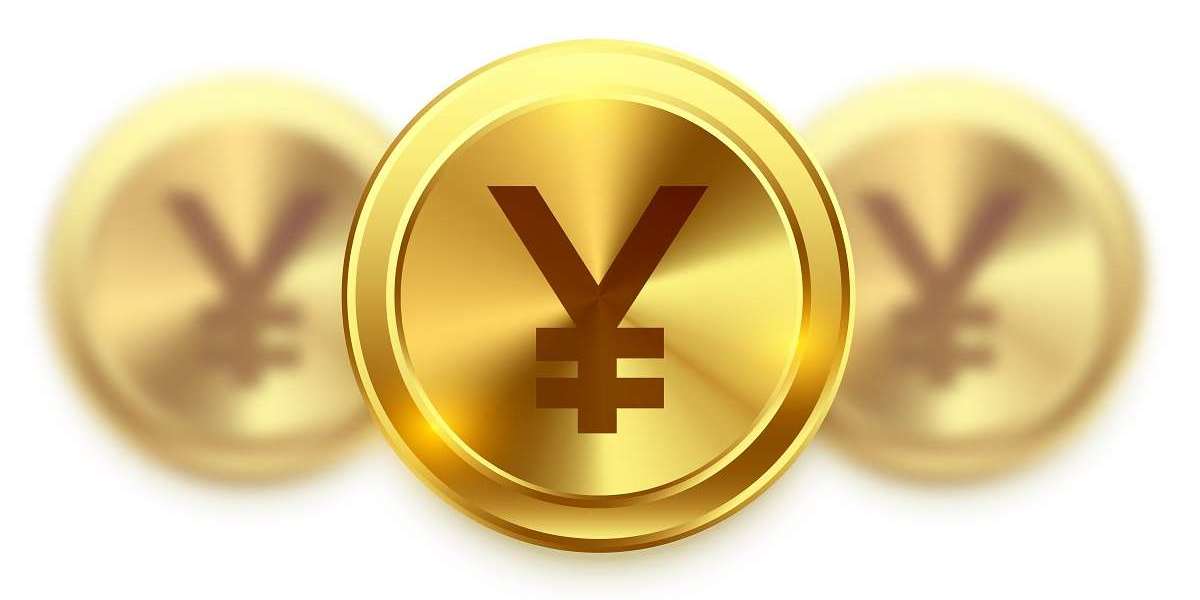article image source: freepik.com (Link)
Yen Dips as Markets Reassess BOJ Signals and Global Currencies React
The Japanese yen experienced renewed weakness after briefly strengthening on speculation that the Bank of Japan (BOJ) might raise interest rates as early as next month. Initial optimism faded as markets reassessed how impactful a single rate hike could be amid still-wide interest-rate differentials between Japan and the United States.
According to reporting, the BOJ has begun preparing markets for the possibility of a shift toward tighter policy, a response to increasing concern over the yen’s persistent decline and diminishing political pressure to maintain low rates. The currency briefly climbed to an intraday high of 155.66 per dollar before slipping back to around 156.44, down 0.2% for the day.
Several analysts noted that even if the BOJ moves ahead with tightening, the yen may struggle to regain significant traction. Unless rate hikes continue more aggressively through 2026, some economists argue, the gap between U.S. and Japanese interest rates will continue to weigh on the currency. Others point out that Japan’s fiscal challenges add another layer of pressure on the yen, leaving investors watchful for possible government intervention.
Some perspectives differ on how likely that intervention may be. While one view suggests Thanksgiving-period intervention is possible, another argues that the market’s fear of intervention alone may already be doing some of the work, reducing the immediate need for action.
advertisement
UK Budget Lifts Sterling
Across the globe, the British pound gained momentum following the release of the UK’s latest budget. The plan, unveiled by Finance Minister Rachel Reeves, included a fiscal buffer significantly larger than previously estimated—more than double earlier projections, according to Britain’s Office for Budget Responsibility.
This broader fiscal space eased investor concerns about borrowing risks, supporting sterling’s rise to $1.3228 against the dollar and strengthening it against the euro as well.
Dollar Softens as Markets Look to Upcoming Fed Decisions
The U.S. dollar edged lower as traders continued to price in a high likelihood of a Federal Reserve rate cut in December. Mixed U.S. economic data—ranging from a drop in unemployment claims to stronger business investment indicators—did little to reduce expectations of incoming easing.
Market conversations also shifted toward potential changes in Federal Reserve leadership. Reports suggested that economic adviser Kevin Hassett may be the leading candidate to replace Jerome Powell. Hassett has previously indicated support for lower interest rates, prompting speculation about a more dovish Fed in 2026. Still, some analysts caution that upcoming U.S. economic data will likely influence market direction more than any appointment rumors.
Current futures pricing points to an 85% probability of a 25-basis-point rate cut next month.
Antipodean Currencies React to Domestic Policy Shifts
The New Zealand dollar surged following the Reserve Bank of New Zealand’s decision to cut interest rates to 2.25%—a widely anticipated move. More importantly, the central bank signaled that its easing cycle may be coming to an end as the economy shows early recovery signs. This shift pushed the kiwi up 1.3% to US$0.5695, reaching its highest level in three weeks.
In Australia, rising inflation for the fourth consecutive month diminished the likelihood of additional rate cuts from the Reserve Bank of Australia. The Australian dollar gained 0.7%, climbing to US$0.6517 as investors recalibrated their expectations.
Sources
Reuters: Yen dips as rate hike talk fades; sterling lifted by UK budget
https://www.reuters.com/world/asia-pacific/dollar-slips-investors-bet-us-rate-cuts-kiwi-jumps-after-rbnz-decision-2025-11-26/
Thank you !









